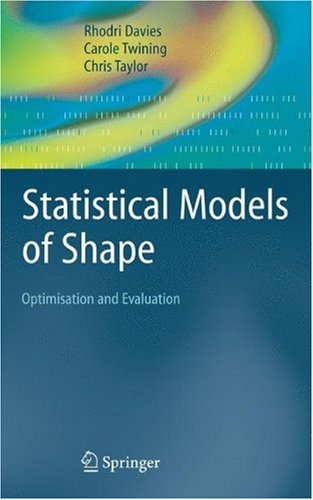

Most ebook files are in PDF format, so you can easily read them using various software such as Foxit Reader or directly on the Google Chrome browser.
Some ebook files are released by publishers in other formats such as .awz, .mobi, .epub, .fb2, etc. You may need to install specific software to read these formats on mobile/PC, such as Calibre.
Please read the tutorial at this link: https://ebookbell.com/faq
We offer FREE conversion to the popular formats you request; however, this may take some time. Therefore, right after payment, please email us, and we will try to provide the service as quickly as possible.
For some exceptional file formats or broken links (if any), please refrain from opening any disputes. Instead, email us first, and we will try to assist within a maximum of 6 hours.
EbookBell Team

4.1
60 reviewsStatistical models of shape, learnt from a set of examples, are a widely-used tool in image interpretation and shape analysis. Integral to this learning process is the establishment of a dense groupwise correspondence across the set of training examples.
This book gives a comprehensive and up-to-date account of the optimisation approach to shape correspondence, and the question of evaluating the quality of the resulting model in the absence of ground-truth data. It begins with a complete account of the basics of statistical shape models, for both finite and infinite-dimensional representations of shape, and includes linear, non-linear, and kernel-based approaches to modelling distributions of shapes. The optimisation approach is then developed, with a detailed discussion of the various objective functions available for establishing correspondence, and a particular focus on the Minimum Description Length approach. Various methods for the manipulation of correspondence for shape curves and surfaces are dealt with in detail, including recent advances such as the application of fluid-based methods.
This complete and self-contained account of the subject area brings together results from a fifteen-year program of research and development. It includes proofs of many of the basic results, as well as mathematical appendices covering areas which may not be totally familiar to some readers. Comprehensive implementation details are also included, along with extensive pseudo-code for the main algorithms. Graduate students, researchers, teachers, and professionals involved in either the development or the usage of statistical shape models will find this an essential resource.